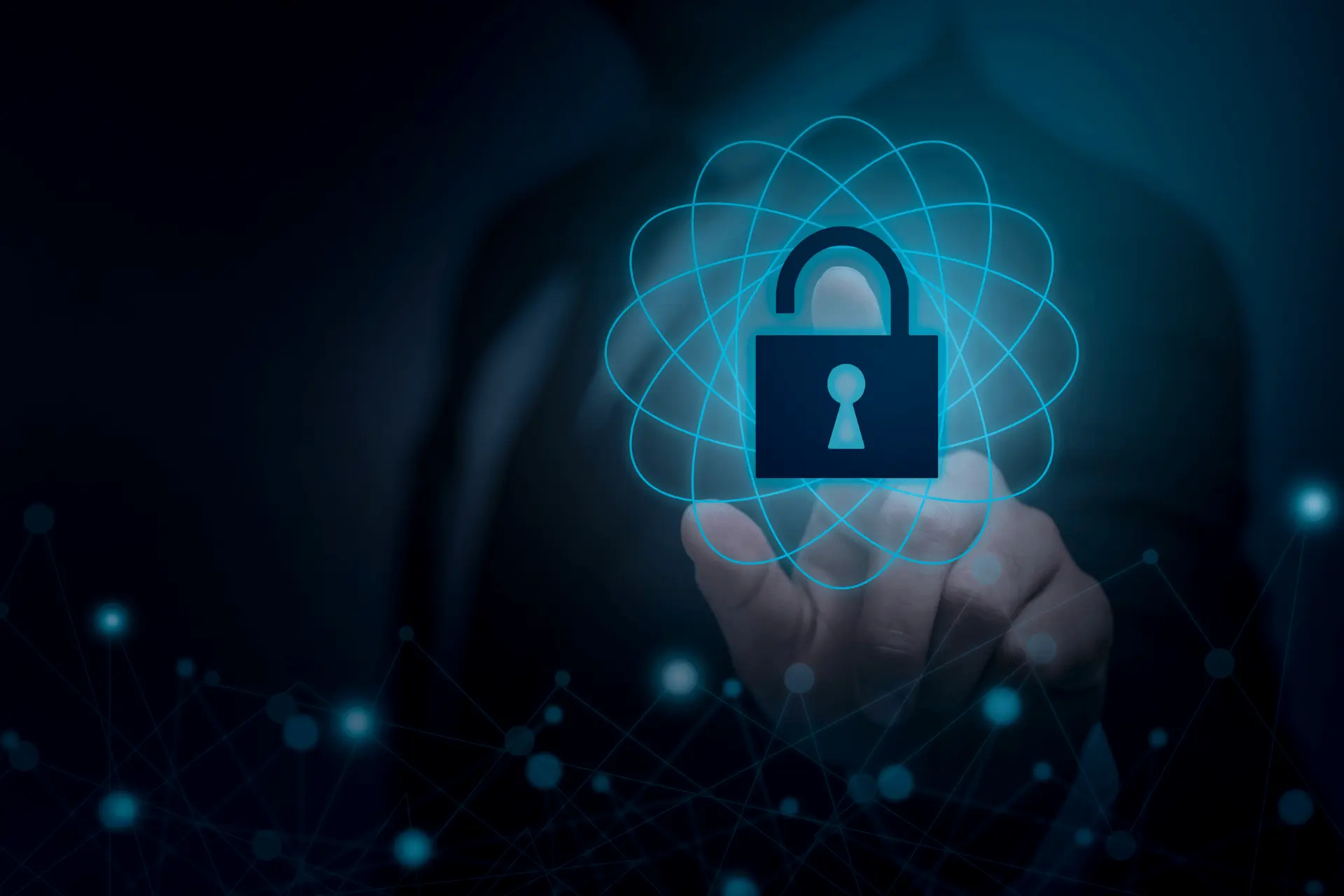Cybersecurity has become a cornerstone of modern business operations in today’s digital age. With the increasing reliance on digital platforms and the growing threat landscape, protecting business and customer data has never been more critical. Data breaches can cost businesses millions and damage their reputation while non-compliance with regulations like GDPR and HIPAA can lead to significant fines and legal issues, underscoring the importance of robust cybersecurity.
Let’s delve into some key cybersecurity best practices, supplemented with practical examples, to fortify your defenses and ensure robust data protection.
- Strong Passwords and Authentication:Creating strong passwords and implementing multi-factor authentication (MFA) are fundamental steps in securing access to sensitive systems and data. For example, consider a scenario where a business uses complex passwords combined with biometric authentication (fingerprint or facial recognition) for accessing financial records or proprietary information. This dual-layered approach significantly reduces the risk of unauthorized access even if one authentication factor is compromised.
- Regular Software Updates:Regularly updating software is imperative to address vulnerabilities that cybercriminals exploit. Consider a company that promptly applies security patches to its customer relationship management (CRM) software or ERP solution. By doing so, they mitigate the risk of potential exploits and data breaches that could occur due to outdated software vulnerabilities.
- Data Encryption:Encrypting data ensures that even if intercepted, it remains unreadable without the decryption key. Choose business applications and ERPs that utilize robust encryption technologies to safeguard customer data both at rest and in transit. It is recommended to employ the Advanced Encryption Standard (AES) algorithm with a key size of 256 bits for encryption at rest. This encryption safeguards sensitive financial data from unauthorized access, bolstering customer trust and compliance with data protection regulations.
- Employee Training and Awareness:Educating employees about cybersecurity threats and best practices is crucial in mitigating human-related risks. For instance, conducting regular phishing simulation exercises and providing cybersecurity training modules can empower employees to identify and report phishing emails or suspicious activities. This proactive approach minimizes the likelihood of falling victim to phishing attacks and enhances overall cybersecurity posture.
- Secure Network Infrastructure:Implementing robust network security measures such as firewalls, intrusion detection systems (IDS), and secure Wi-Fi networks is paramount. Take the example of a financial institution that deploys a combination of firewalls, intrusion detection systems, and encrypted Wi-Fi networks to protect customer banking transactions. This multi-layered approach fortifies network defenses against cyber threats and unauthorized access attempts.
- Backup and Recovery:Regularly backing up critical data and having a robust data recovery plan are essential for business continuity. Consider a scenario where a healthcare provider routinely backs up patient records to secure cloud storage. In the event of a ransomware attack or data loss, they can quickly recover patient data from backups, minimizing downtime and potential disruptions to patient care.
- Access Control and Least Privilege:Implementing stringent access controls based on the principle of least privilege ensures that users have access only to the resources necessary for their roles. For example, a manufacturing company enforces role-based access controls to restrict employee access to production systems based on job responsibilities. This limits the exposure of sensitive manufacturing processes and intellectual property, reducing the risk of insider threats and unauthorized data access.
- Incident Response Plan:Developing and regularly testing an incident response plan is crucial for a swift and effective response to cybersecurity incidents. Consider a retail company that conducts tabletop exercises to simulate cyber-attack scenarios and assesses the effectiveness of its incident response procedures. This proactive approach enables them to identify gaps, refine response strategies, and minimize the impact of potential cyber incidents on business operations and customer trust.
By implementing these cybersecurity best practices and incorporating real-world examples, businesses can enhance their resilience against cyber threats, safeguard critical data assets, and maintain trust with customers and stakeholders in an increasingly digital landscape.


